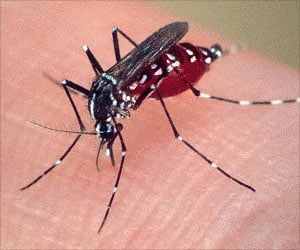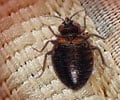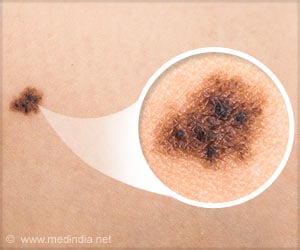The selective insecticide sulfoxaflor is just as effective at controlling soybean aphids as broad-spectrum insecticides, revealed a new study.

TOP INSIGHT
The selective insecticide sulfoxaflor is just as effective at controlling soybean aphids as broad-spectrum insecticides, without causing significant harm to some beneficial predators of the aphid.
Last fall, the U.S. Environmental Protection Agency (EPA) issued a cancellation order for products containing sulfoxaflor after the Ninth Circuit Court of Appeals ruled that the EPA had not adequately determined the pesticide's effect on honey bees. The EPA had approved the use of sulfoxaflor in May 2013. Currently, the Agency has proposed registration of sulfoxaflor with restrictions on application to pollinator-attractive crops, while it gathers more scientific information on the effects of sulfoxaflor on bees.
The researchers conducted field experiments for two years, and they also performed laboratory experiments with three predators: the convergent lady beetle (Hippodamia convergens), the insidious flower bug (Orius insidiosus), and a green lacewing known as Chrysoperla rufilabris.
They found that the abundance of predators in the genus Orius and the family Coccinellidae was two to four times greater on soybean plants treated with sulfoxaflor compared to plants treated with broad-spectrum insecticides. However, the abundance of predators in the family Chrysopidae did not differ on plants treated with either insecticide or ones that were left untreated.
The sulfoxaflor effects were considered moderately harmful to O. insidiosus, harmless to slightly harmful to H. convergens and harmless to C. rufilabris, according to ratings by the International Organization for Biological Control.
 MEDINDIA
MEDINDIA




 Email
Email





